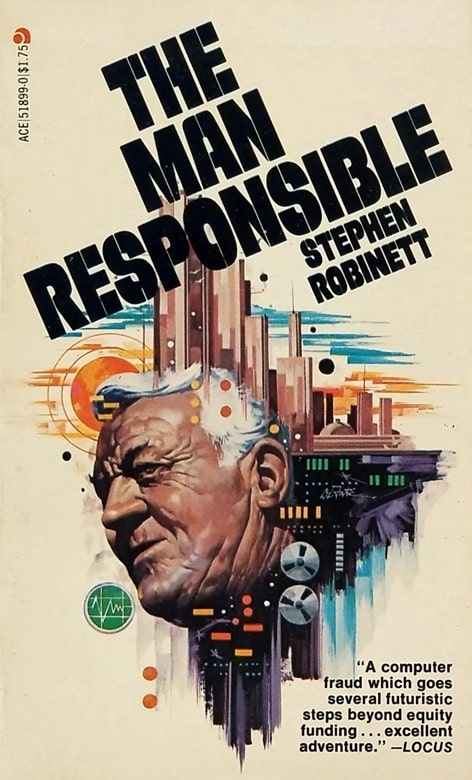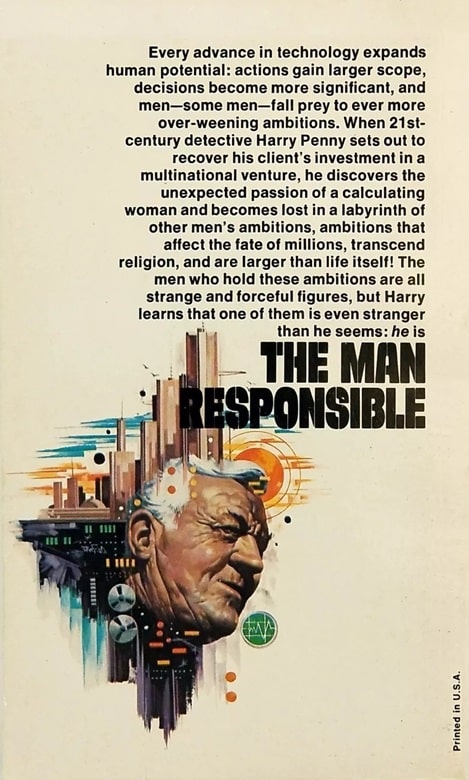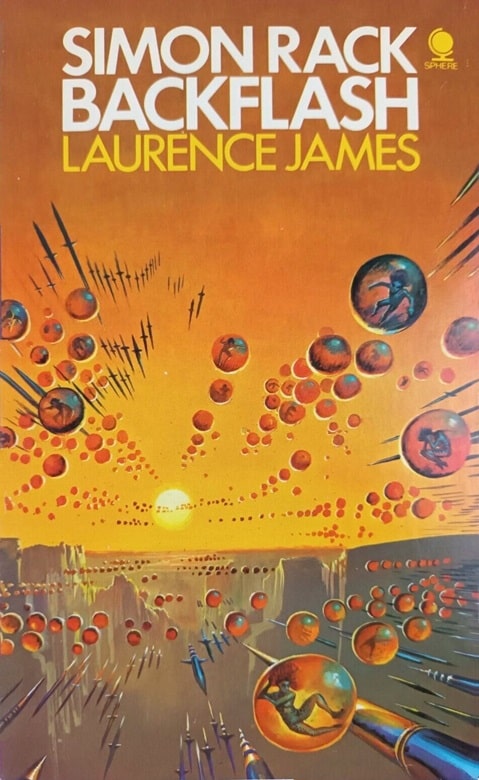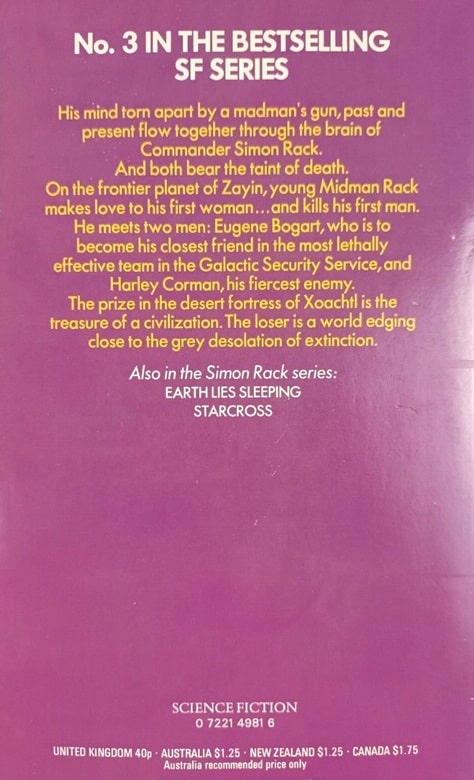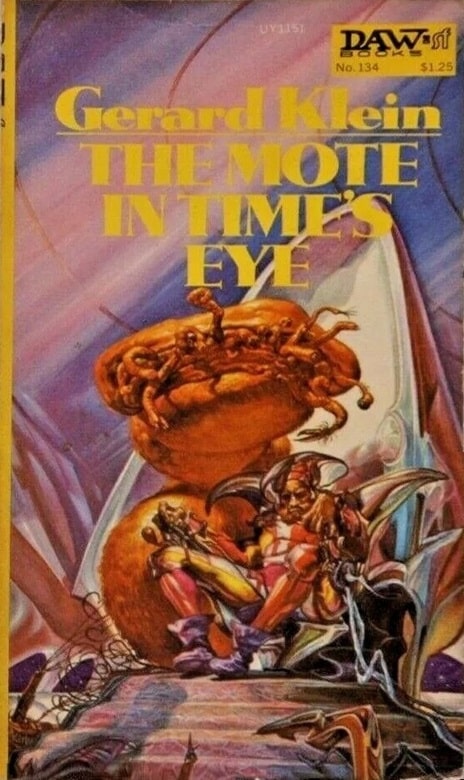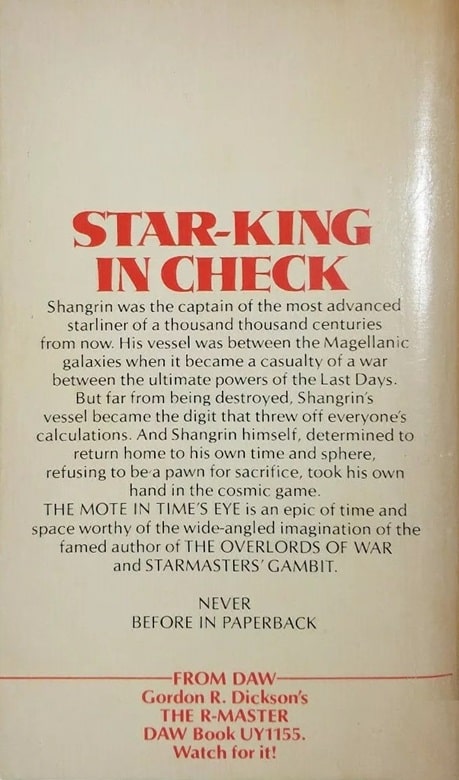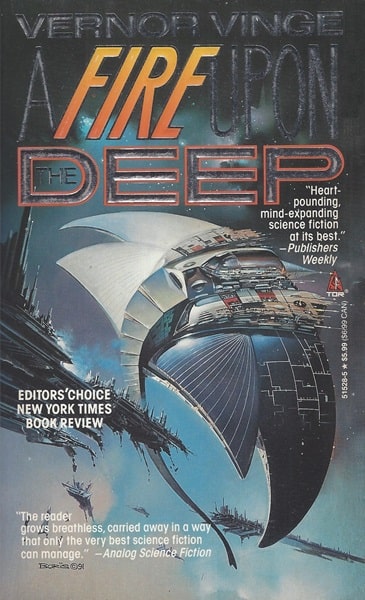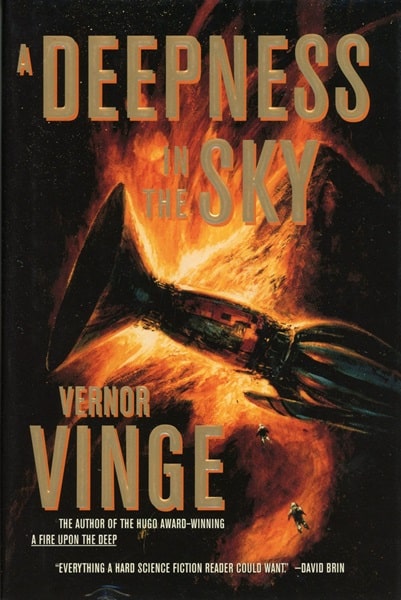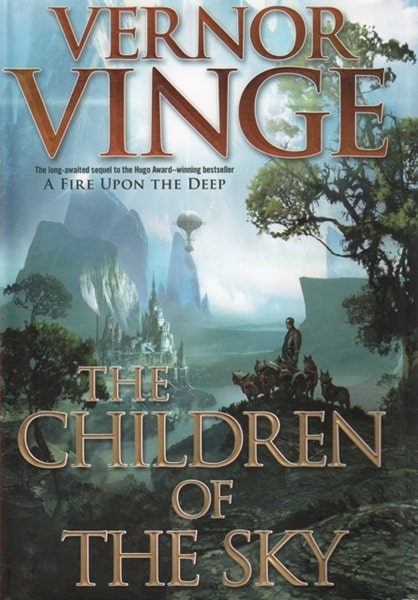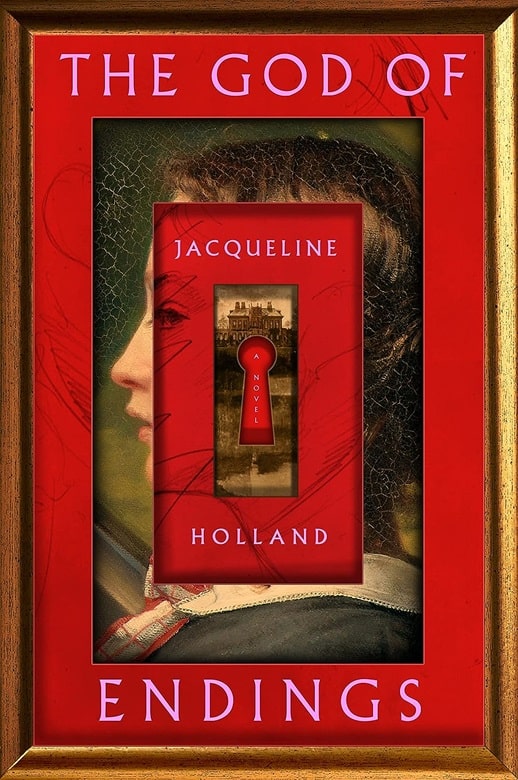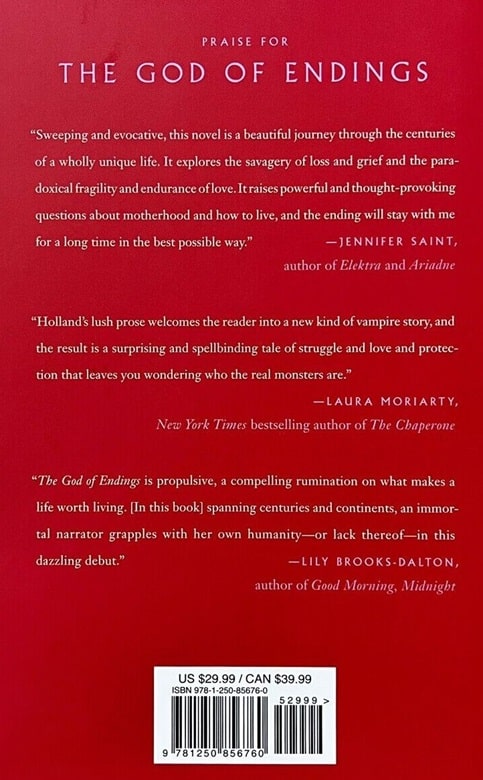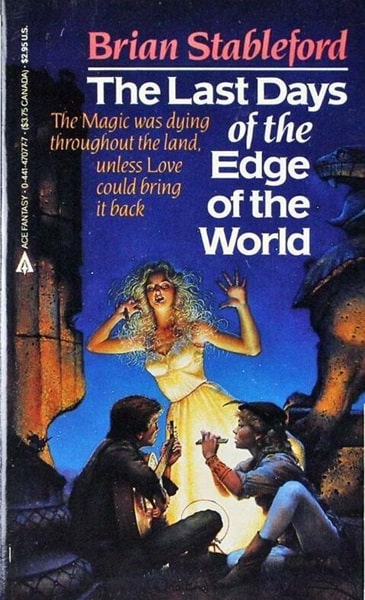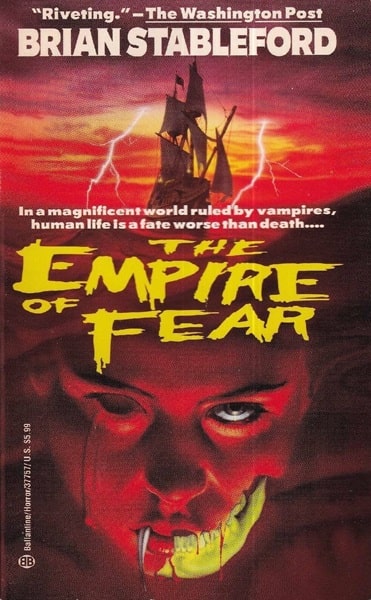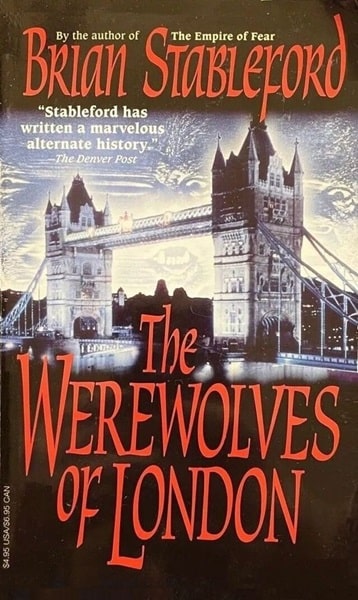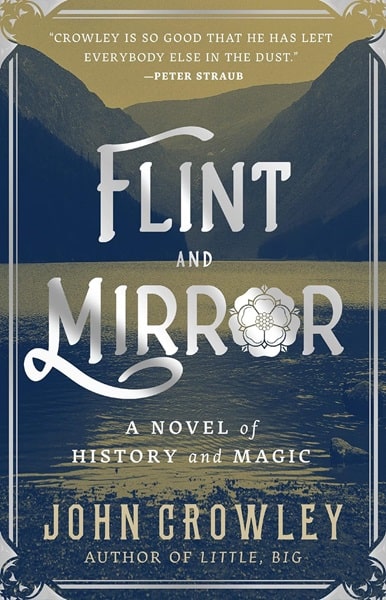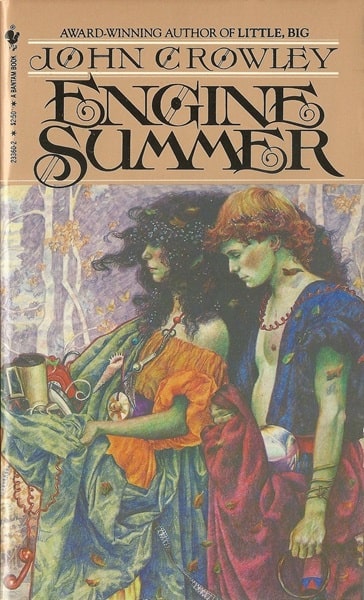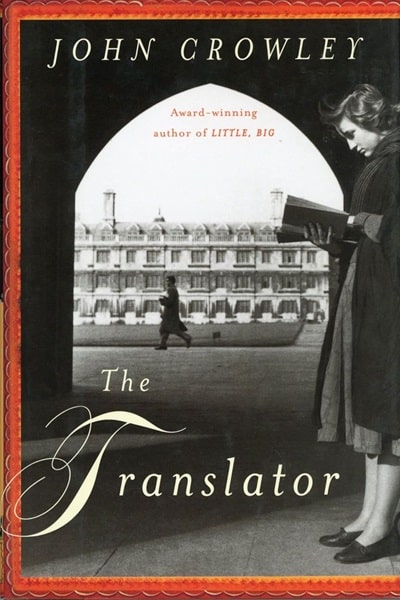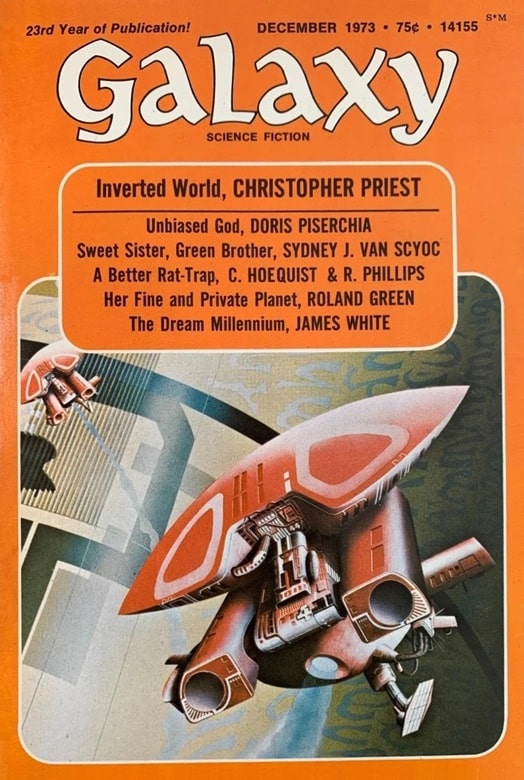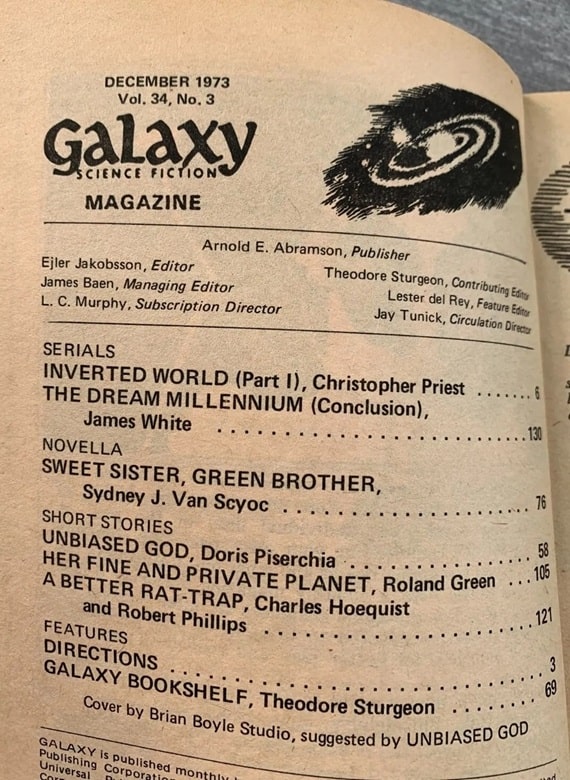A Year of Demonic Public Service: The Fallible Fiend by L. Sprague de Camp
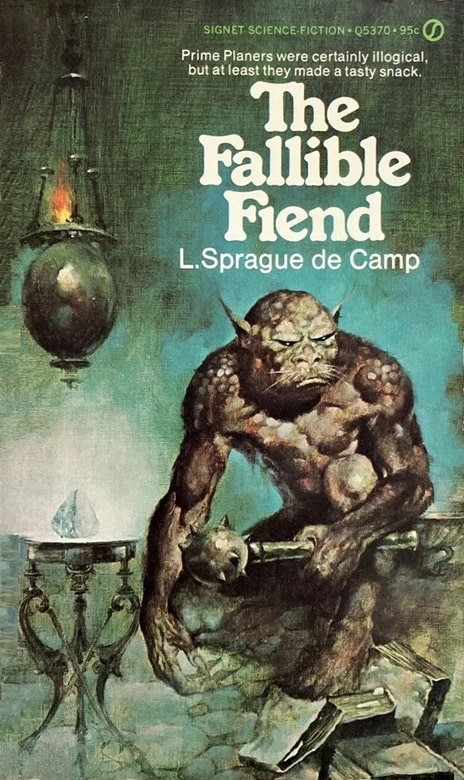 |
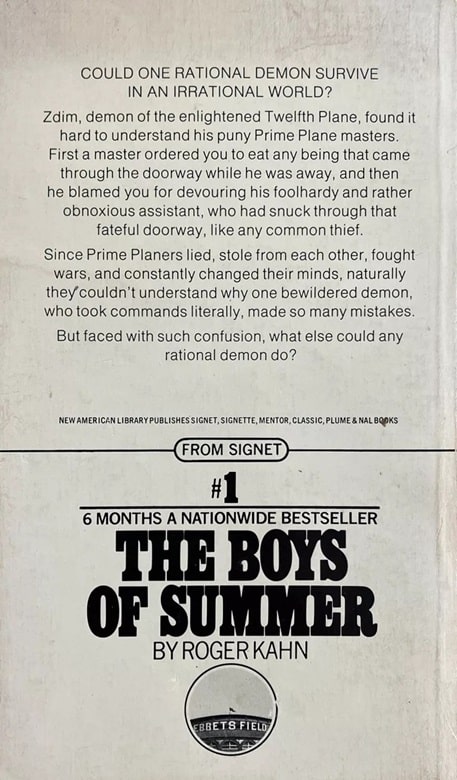 |
The Fallible Fiend (Signet/New American Library, February 1973). Cover uncredited
This is another in my series of looks at fairly obscure SF from the ’70s and ’80s. In this case, I rescued a book that I had bought used decades ago from the chaos of my bookshelves. Most of the other writers I’ve discussed so far have been somewhat forgotten (or were never really known at all) but L. Sprague de Camp is an SFWA Grand Master, and a writer I and many others remember with great affection.
De Camp (1907-2000) began publishing SF in 1937 with “The Isolingual,” and was from the beginning a popular and prolific writer. He wrote both Fantasy and Science Fiction, though by the end of his long career the bulk of his work was Fantasy. His preferred mode was lightly cynical humor — this imbued his SF such as the Viagens Interplanetarias series, and his Fantasy beginning with his Incomplete Enchanter stories written with Fletcher Pratt.


